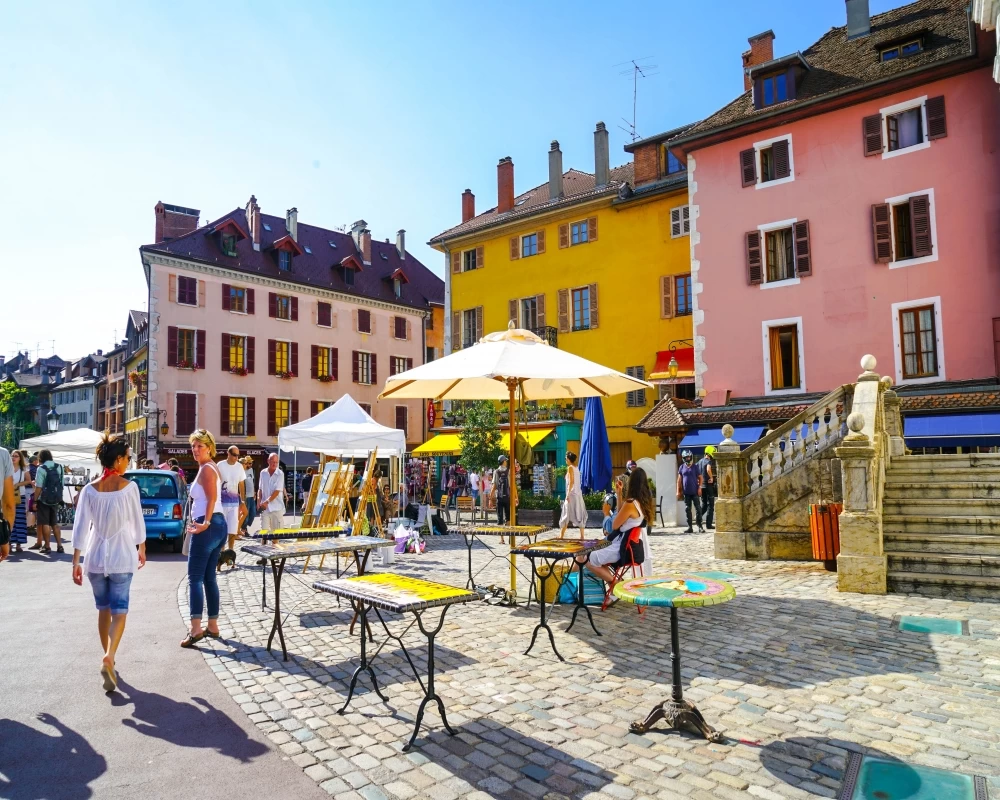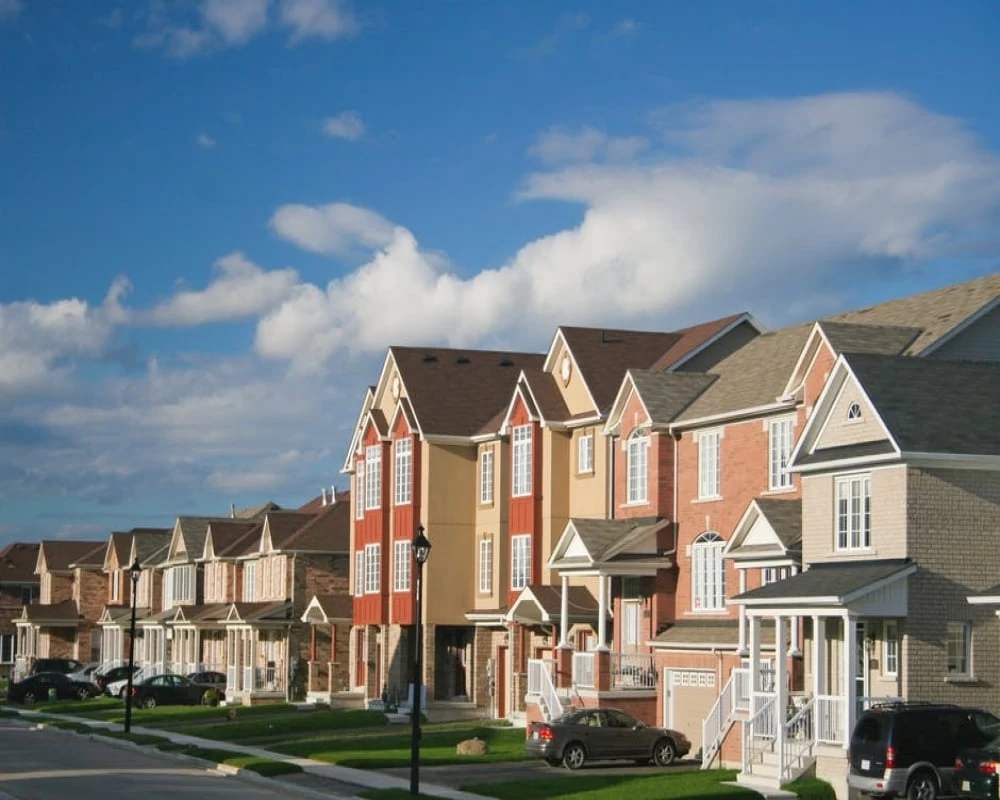5 signs youre cash flow negative on your vacation rental property

Spending money consistently on a cash flow negative rental isn't smart. It might be time to change your strategy.
Vacation rentals are a great way to make extra income from your property investments. Short term rental provider, HomeAway https://www.homeaway.com/info/getting-started/income reports that the run-of-the-mill vacation rental property owner nets $11,000 a year.
But if you consistently have to spend rental profits on roof repairs, vacancies, regular maintenance, bad tenants etc, you probably have a cash flow negative property on your hand. And there are two approaches to dealing with this problem. You can either wait it out and hope things will somehow change or kickstart an exit strategy to move on.
While cash flow doesn't have to be a decisive factor, especially when you have a vacation rental property in an up and coming neighborhood with strong potential appreciation rates. Many times, you might be spending more than you bargained for with your rental. And the faster you discover this, the better.
This article outlines five signs of negative cash flow vacation rentals but before we proceed let's see a simple formula for measuring cash flow on an investment property:
Cash Flow = Total Income (Application fees, Rent, etc.) - Total Expenses (Monthly mortgage (if applicable); General Maintenance, Electricity, HOA, Property Management, vacancies etc.)
As a rule of thumb when buying an investment property, it is wise to set aside an emergency fund to cover at least first six months of expenses. So let's dive right in and see some of the signs to watch for.
1. High vacancy/Low occupancy rate in a location: What's the occupancy rate for your neighborhood? An important sign of a cash flow negative property is high vacancy rate in the neighborhood. According to Turnkey VR https://blog.turnkeyvr.com/much-money-can-make-vacation-rental/ specializing in the management of turnkey vacation rental homes, "Occupancy rates for vacation rentals can be all over the map. For instance, a vacation rental home in a big city might create more demand than a rental property at a seasonal location like the beach". Location is key when buying real estate, especially for investment. Hence it's wise to spend time researching a neighborhood before taking the plunge.
2. High Maintenance property: Are you doling out high monthly fees for property maintenance? Then you might be dealing with a cash flow negative property. A 30-year-old property might offer a great deal but when you have to spend considerable time and money on maintenance and fixes monthly, you have to ask yourself if it's worth it.
3. Declining Rental Property Market: How strong is the rental property market? There is a strong correlation between a thriving property market and low vacancy rates. Many times a declining rental market is a sign of underlying economic issues, most times accompanied by high unemployment rates and slow growth. Sticking around in such a neighborhood would be unwise. Unless you're confident about a significant development in the neighborhood in coming years.
4. High Property Taxes: Did property taxes go up? Taxes can get tricky, especially when you're buying as a foreigner. However, when sudden tax changes are eating up your income, then you have a negative cash flow property.
5. Problem Tenants: Are problem tenants eating up your profits? You have two options, regarding managing your rental property. You can either hire a property management company, which means more expenses but better management. Or you can just ride it solo. While this offers you the chance to take an active role with your property, dealing with problem tenants (tenants who break things, tenants refusing to pay rent or pay promptly, tenants causing disturbance etc.) is a major headache and can eat into your profits.
Hence the importance of having a screening process that's hard to bypass. However, if you deal with problem tenants a lot, it might be time to consider setting an exit strategy in motion.
You can take advantage of short-term rental cash flow with sites like HomeAway and AirBnb. While tenant turnover rates can be high in the short term, short term rentals can be profitable, especially in a popular destination such as a ski resort or beach community.




